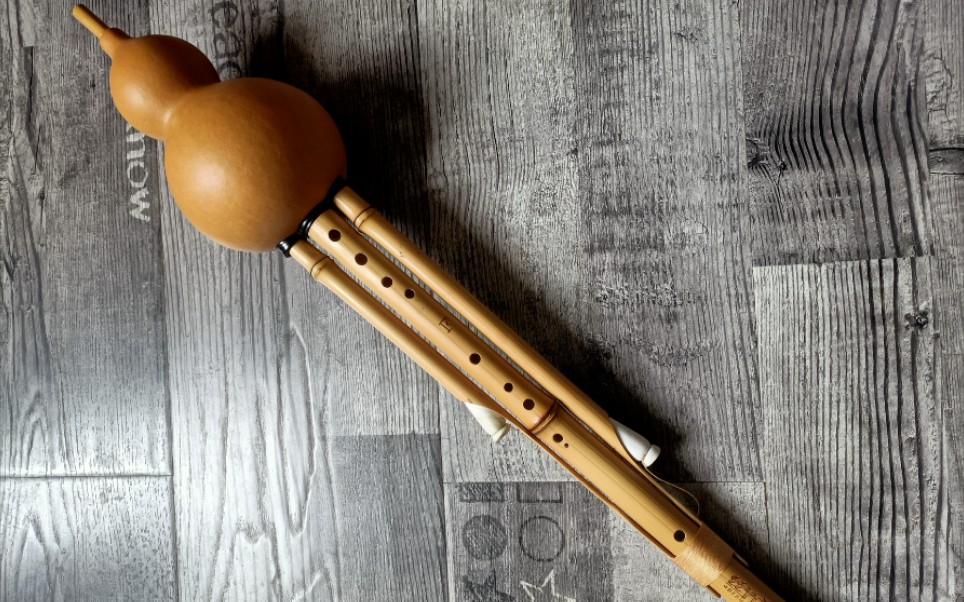Hulusi double tongue skills detailed explanation and scientific practice methods
Hulusi is a widely spread national wind instrument. In its playing skills, double tongue is an important means to improve the performance speed and expression. The so-called "double spit" refers to the use of the tip of the tongue to quickly and rhythmically impact the roof of the mouth and relax alternately in the process of playing, in order to achieve continuous and rapid note conversion, which is often seen in the performance of fast phrases and grace notes.

To learn and master the double tongue technique of Hulusi, you first need a clear understanding of the basic tongue movements. The "spit" action is similar to the English "t" sound, the tip of the tongue quickly and forcefully touching the middle of the roof of the mouth and immediately bouncing back; The "ku" movement is similar to the English "k" sound, the tongue retraction, air flow against the soft palate to make a sound. These two movements should be coherent and compact, forming a "T-K-T-K" or "puke-ku-puke-ku-ku" cycle pattern.
In the actual practice, it can be divided into the following stages:
1. Basic training: First practice the two single movements of "vomiting" and "library" respectively to ensure that each movement is clean and vigorous. Then gradually speed up the switching speed between the two actions, so that it reaches a smooth and natural state.
2. Scale practice: After mastering a single double spit action, apply the double spit technique to scale practice, such as starting from a long note and blowing out each note on the scale in turn with double spit.
3. Repertoire practice: Select simple repertoire containing double-puke skills for practice, from slow speed to medium speed to fast speed, and gradually improve the application ability of double-puke in actual performance.
4. Rhythm control: Double vomiting not only requires fast speed, but also pays more attention to the accurate and stable rhythm. Practice with metronome assistance to ensure that each double note is on the exact rhythm point.
5. Persistence and endurance training: Continuous practice of the double spit technique helps to enhance the strength and endurance of the oral muscles, ensuring that the quality of the double spit note can be maintained when playing for a long time.
In general, learning hulusi double tongue skills is a process from easy to difficult, from simple to complex, requiring persistent practice and repetition. Only through continuous practice and adjustment, can we really make Shuangpu become a powerful tool in our playing skills, and give music works more flexible and rich expression.
 渝公网安备 50010702504639号
渝公网安备 50010702504639号